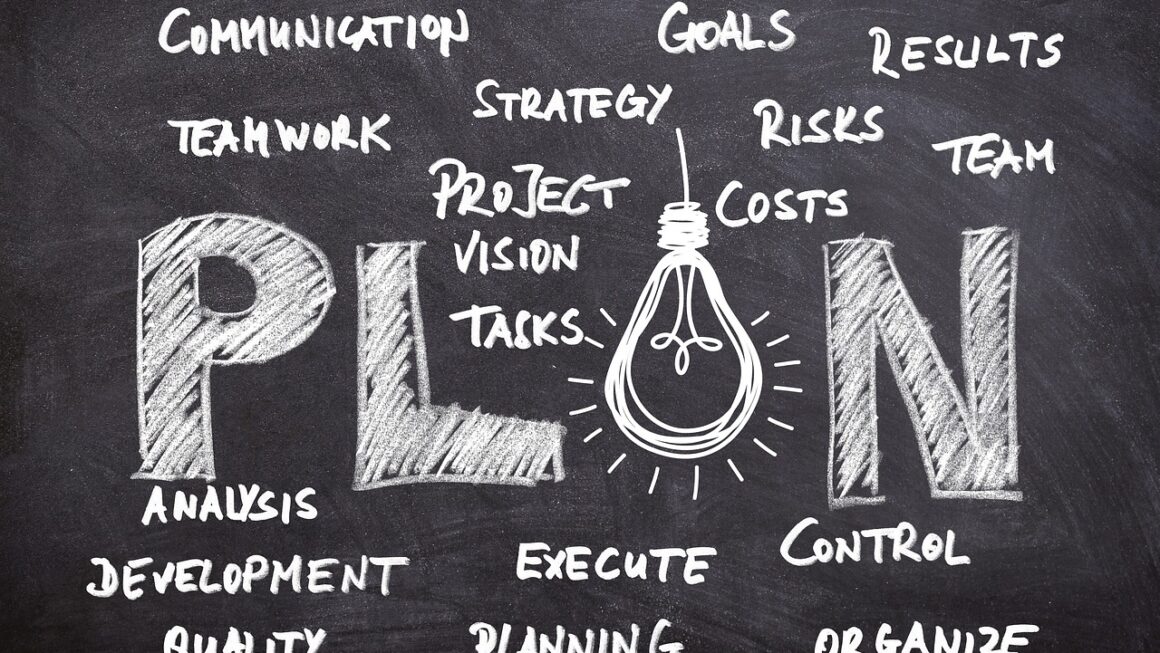Customer retention: It’s more than just keeping your customers; it’s about fostering lasting relationships that drive revenue and build brand loyalty. In today’s competitive market, acquiring new customers is significantly more expensive than retaining existing ones. Focusing on strategies to improve customer retention is not just a good idea—it’s crucial for sustainable business growth. This blog post will delve into the importance of customer retention and provide actionable strategies to help you keep your customers coming back for more.
Understanding the Importance of Customer Retention
The Cost-Effectiveness of Retention
One of the most compelling reasons to focus on customer retention is its cost-effectiveness. Studies show that acquiring a new customer can cost five to twenty-five times more than retaining an existing one. Additionally, increasing customer retention rates by just 5% can increase profits by 25% to 95%. This highlights the immense financial benefits of prioritizing customer loyalty.
- Reduced Marketing Costs: Less reliance on expensive acquisition campaigns.
- Higher Profit Margins: Retained customers often spend more over time.
- Increased Customer Lifetime Value (CLTV): Loyal customers contribute significantly to your revenue stream.
Example: Imagine a SaaS company that spends $100 to acquire a new customer. If they can retain that customer for five years instead of just one, they effectively reduce their customer acquisition cost by 80% per year, boosting profitability significantly.
Building Brand Advocacy
Happy, retained customers are more likely to become brand advocates, spreading positive word-of-mouth and referring new customers to your business. This organic marketing is incredibly powerful and builds trust in your brand.
- Word-of-Mouth Marketing: Recommendations from satisfied customers are highly effective.
- Social Proof: Positive reviews and testimonials build credibility.
- Increased Brand Loyalty: Loyal customers are less likely to switch to competitors.
Example: Consider a restaurant that consistently provides excellent service and high-quality food. Satisfied customers will naturally recommend it to friends and family, creating a positive reputation and driving new business through word-of-mouth.
Strategies for Improving Customer Retention
Providing Exceptional Customer Service
Excellent customer service is the cornerstone of customer retention. It involves going above and beyond to meet customer needs and resolve any issues promptly and effectively.
- Omnichannel Support: Offer support through multiple channels (phone, email, chat, social media).
- Personalized Interactions: Tailor your communication to each customer’s needs and preferences.
- Proactive Support: Anticipate customer needs and address potential issues before they arise.
Example: A clothing retailer could implement a live chat feature on their website to answer customer questions instantly, provide personalized styling advice, and resolve any issues with orders. They can also proactively reach out to customers whose orders haven’t been delivered on time to offer solutions before the customer even complains.
Creating a Loyalty Program
Loyalty programs reward customers for their continued patronage, incentivizing them to stay with your brand.
- Tiered Rewards: Offer different levels of benefits based on spending or engagement.
- Exclusive Perks: Provide access to special discounts, early access to sales, or exclusive products.
- Points System: Award points for every purchase that can be redeemed for rewards.
Example: A coffee shop could offer a loyalty program where customers earn points for every purchase, which can be redeemed for free drinks or food. They could also offer exclusive perks to loyal customers, such as a free birthday drink or access to special events.
Personalizing the Customer Experience
Personalization involves tailoring the customer experience to individual preferences and needs, making them feel valued and understood.
- Personalized Emails: Use customer data to send targeted emails with relevant offers and content.
- Product Recommendations: Suggest products based on past purchases and browsing history.
- Customized Website Experience: Tailor the website content and layout to individual customer preferences.
Example: An e-commerce store can analyze customer purchase history and browsing behavior to recommend products that are likely to be of interest. They can also send personalized emails with exclusive discounts on those products, increasing the likelihood of a repeat purchase.
Gathering and Acting on Customer Feedback
Collecting and acting on customer feedback is crucial for understanding their needs and identifying areas for improvement. This shows customers that their opinions are valued and that you are committed to providing a better experience.
- Surveys: Use surveys to gather feedback on products, services, and the overall customer experience.
- Feedback Forms: Provide feedback forms on your website or app for customers to submit their comments and suggestions.
- Social Media Monitoring: Monitor social media channels for mentions of your brand and respond to customer comments and concerns.
Example: A hotel can send out a post-stay survey to gather feedback on the guest’s experience. By analyzing the survey results, they can identify areas where they can improve their service, such as the cleanliness of the rooms or the responsiveness of the staff. They can then take action to address these issues, improving the overall customer experience and increasing the likelihood of repeat bookings.
Measuring Customer Retention
Key Metrics to Track
Tracking key metrics is essential for monitoring your customer retention efforts and identifying areas for improvement.
- Customer Retention Rate: The percentage of customers who remain with your business over a specific period.
- Churn Rate: The percentage of customers who stop doing business with your company over a specific period.
- Customer Lifetime Value (CLTV): The total revenue a customer is expected to generate throughout their relationship with your business.
- Net Promoter Score (NPS): A metric that measures customer loyalty and willingness to recommend your brand to others.
Example: Regularly tracking your customer retention rate allows you to see if your retention strategies are effective. If your retention rate is declining, it indicates a problem that needs to be addressed, such as poor customer service or a lack of personalization.
Tools for Measuring Retention
Several tools can help you track customer retention metrics and gain insights into customer behavior.
- CRM Systems: Customer Relationship Management (CRM) systems like Salesforce and HubSpot provide comprehensive tools for managing customer data and tracking key metrics.
- Analytics Platforms: Analytics platforms like Google Analytics and Mixpanel provide insights into customer behavior on your website and app.
- Survey Tools: Survey tools like SurveyMonkey and Qualtrics allow you to easily create and distribute surveys to gather customer feedback.
Example: Using a CRM system, a business can track customer interactions, purchase history, and feedback to gain a holistic view of each customer’s relationship with the brand. This data can then be used to personalize the customer experience and improve retention rates.
Conclusion
Customer retention is a vital component of sustainable business growth. By prioritizing customer satisfaction, implementing effective retention strategies, and continuously monitoring your progress, you can build lasting relationships with your customers, increase profitability, and create a loyal customer base that will advocate for your brand. Focusing on delivering exceptional value and personalizing the customer experience are key to keeping your customers engaged and coming back for more. Start implementing these strategies today to reap the benefits of a strong customer retention program.




